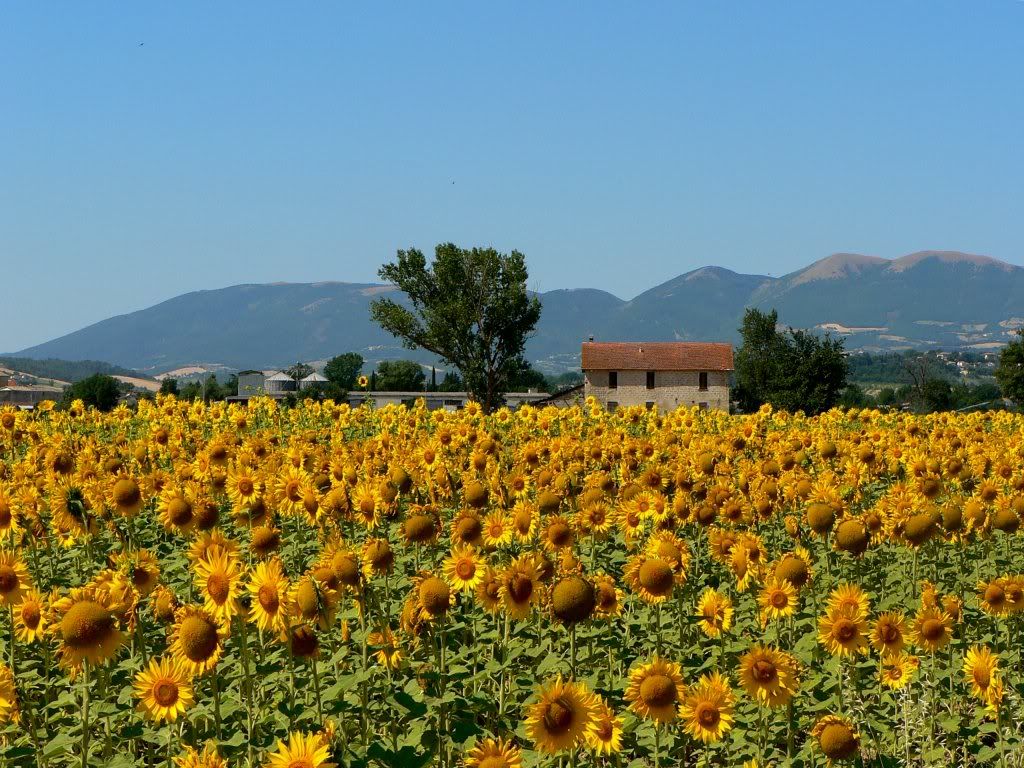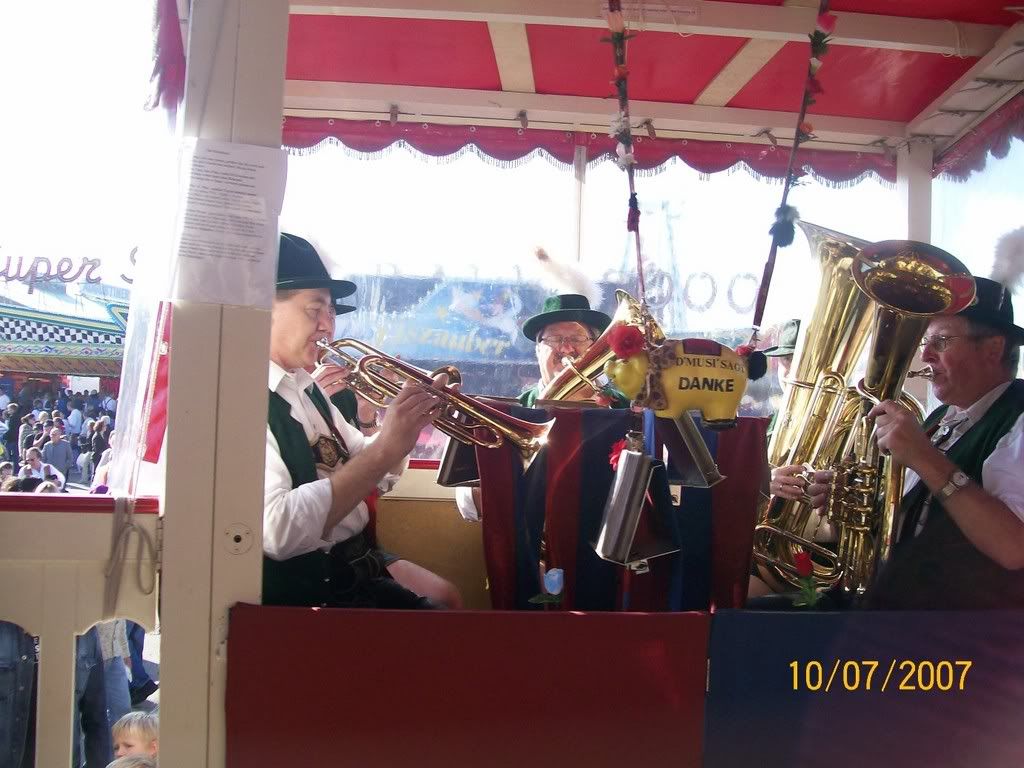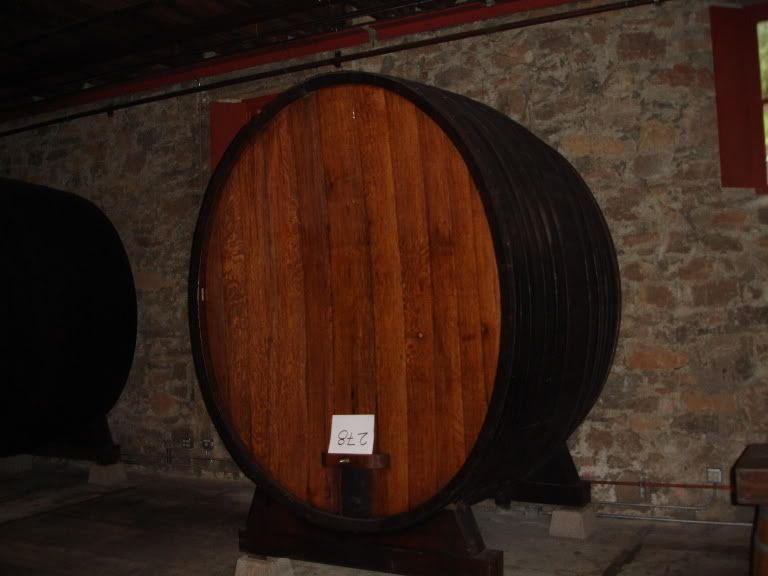 Pete Ranzany: The Pride of Sacramento
Pete Ranzany: The Pride of Sacramento
Robert Mladinich - FightBeat.com
In the late seventies, before the Sacramento Kings joined the National Basketball Association, and before television networks like HBO and Showtime were in the business of creating superstars, welterweight Pete Ranzany was that city’s sole sports entity. Campaigning from 1973-83, Ranzany was a perennial contender who fought 57 of his 69 bouts in Sacramento, 55 of them at the Memorial Auditorium. In compiling a record of 59-8-2 (38 KO's), he never embarrassed himself or his hometown, even against the likes of such legendary champions as Sugar Ray Leonard, Wilfred Benitez and Pipino Cuevas. Ranzany was all action all the time, and his local popularity was akin to the esteem in which middleweight John Duddy is held today in his adopted hometown of New York.
"I loved fighting in Sacramento," said Ranzany, now 54 and an 18-year correctional peace officer (prison guard) at the maximum security California State Prison at Sacramento, which was formerly known as Folsom Prison. "It was my town. The fans were really good to me. When I won, the whole city won. When I lost, I felt like I let the whole city down."
Before more than 17,000 fans in September 1978, Ranzany challenged Cuevas for the WBA title in Hughes Stadium. His trainers, Joey Lopes and Herman Carter, had devised an intricate battle plan where the usually offensive-minded Ranzany would take Cuevas into the later rounds before going for the knockout. All went well in the first round, when Ranzany boxed the ears off the square-jawed, murderous-punching Mexican champion.
“Cuevas was a great, great puncher, but he couldn’t box a lick,” explained Ranzany. “I couldn’t do anything wrong in the first round. After I buckled his knees I went back to my corner and told Herman Carter, ‘I’m gonna be champ. I’m gonna punish him the next round.’”
“Boy, do what you trained to,” implored Carter. “And as he was telling me this I’m listening to all these thousands of people screaming ‘Pete, Pete, Pete.’ The next thing I remember is asking what happened. I later learned that he knocked me down twice, and the fight was stopped in the second round.”
Ranzany didn’t lick his wounds for long. He rebounded with five consecutive victories, and even won the NABF title from Clyde Gray of Canada. However, in his first defense of that title, he was stopped by Leonard in the fourth round after getting hit with nearly 30 unanswered punches. Even his career high $75,000 purse did little to offset his disappointment. “Leonard was just awesome,” said Ranzany. “I had already lost a close decision to him in the amateurs, so I thought I knew what to expect. But he had gotten so much better.”
Immediately after the fight, Ranzany was still groggy but remembered how touched he was when one of his previous opponents, Rudy Barro, came to his dressing room cradling his infant son to congratulate him on his knockout victory. When Ranzany attempted to congratulate Leonard, the new champion’s dressing room door was slammed in his face. Minutes later, Ranzany was being hustled to the post-fight press conference when his girlfriend Rose, who is now his wife, halted the procession. “Being the puppy dog that I was, I’m on my way,” recalled Ranzany. “But Rose stepped in and said, ‘Oh, no. No interviews.’”
Rose insisted he be taken to the hospital. While no physical injuries were incurred, Ranzany was emotionally devastated. “Nobody ever stressed me out like Leonard,” explained Ranzany. “He knocked the crap out of me, and he scared the crap out of me.” Leonard later told him that he would have let him last longer if he wasn’t trying so hard to win.
Again the resilient Ranzany rebounded with five wins and a draw, before losing a 10-round decision to Wilfred Benitez in Sacramento. “Benitez was the best pure boxer I ever faced,” said Ranzany. “It was like he had radar. Cuevas was the best puncher by far, and Leonard was the best all-around fighter. He could do it all.”
It is unfair to only remember Ranzany for his high-profile losses to three Hall of Fame champions. He did beat former lightweight champion Sean O’Grady, top contender Randy Shields (with whom he also fought a draw), and previously undefeated prospects Adolfo Viruet and Bruce Finch. The Viruet fight was so exciting, fans threw more than $300 in coins into the ring.
Ranzany, who still lives in Sacramento, grew up poor in some of the city’s toughest neighborhoods. His father, who was of Italian descent, deserted the family early on, forcing his mother Theda, who was of German and Irish stock, to clean houses to support her five children. Ranzany was extremely sensitive and had no propensity for fighting, but was in awe of the attention a local amateur sensation named “Sweet” Pete Peterson was garnering. Four months after he began training at Tommy O’Leary’s Gym, Ranzany engaged in his first bout.
“I fought an [American] Indian kid who threw a lot of wild punches before I knocked him cold,” recalled Ranzany. “All the fighters were sharing the same dressing room, and I saw him crying with his father after the fight. I was devastated, and said this is not for me. I was ready to quit, but then I walked outside and all these people started asking for my autograph. From that moment on, I was hooked.”
Ranzany went on to have a stellar amateur career, and even represented the U.S. Army from 1970-73. He beat future professional champion Carlos Palomino at the 1972 Olympic Trials, but lost to eventual gold medalist Sugar Ray Seales in the finals.
He remembers getting a real education into boxing nuances while competing in the national AAU championships in Boston.
“After I won my first fight, people in Boston made such a big deal about me being Italian,” he recalled. “I was even getting pats on the back from the wagon vendors who were selling calzones on the street. In Sacramento you were white, black or Mexican, so I never thought much of being Italian. But it was sure a big deal there. Then some Italian guys beat up a black guy who came into their neighborhood, and I didn’t feel comfortable separating myself from other people anymore.”
When discharged from the Army, Ranzany debated whether to turn pro in Los Angeles or attend college to study social work in Sacramento. The late Victor Swezey, a reporter for the Sacramento Bee, convinced him to stay at home and do both. While attending college, where he eventually earned an associate’s degree in social science, 10 businessmen used the first three letters of Ranzany’s name and his hometown to form Ransac, a corporation that sponsored his career. “It was like owning a piece of a horse,” jokes Ranzany.
Ranzany never won a world title, but is remembered fondly by all who had the pleasure of attending any of his fights. “I was never much of a boxing fan, but even I got caught up in the excitement and went to many of Pete’s fights,” said Richard Schiveley, a lifelong resident of Sacramento. “Back then we had no professional sports teams in town. He was it. And boy, was he popular. Every one of his fights was a major event.”
While beating O’Grady in October 1982, Ranzany suffered a serious eye injury caused by an accidental thumb. He was wise enough to retire two fights later, after losing a decision in Italy to local hero Nino LaRocca, who was 54-0 at the time. Several years later, Sal Lopez, a onetime opponent and brother of former champion Tony “The Tiger” Lopez, also of Sacramento, convinced Ranzany to become a prison guard. Ranzany had thought about becoming a social worker, but was disturbed by tales of abused and molested children. He also considered the California Highway Patrol, but didn’t like the idea of having to tell people a family member had been killed in a car crash.
When first assigned to Folsom Prison, he guarded Angelo Buono who, along with his cousin Kenny Bianchi, were known as the Hillside Stranglers. Buono used his Italian surname to ingratiate himself with Ranzany, and constantly told him how he was railroaded by the criminal justice system. Ranzany took it all in stride, but was shocked when Buono approached him after seeing him talking, in a professional capacity, to a female medical technician.
“He got this crazy look on his face and started calling women all sorts of names, and telling me you couldn’t trust them,” said Ranzany. “It was a real eye-opener. He couldn’t help but show his true colors. That made things very clear to me.”
Ranzany also ran the prison’s then-lauded boxing program, but soon grew disgruntled by the lethargy of the participants. “Most of them didn’t like the discipline,” he explained. “[When] I made them spar once a week, I went from 50 fighters to 16 overnight. In the movies, inmates are usually really tough. But after working with the team for a year, I bet my sister could have beaten many of the fighters if they didn’t have a knife or a gun.”
Ranzany couldn’t help but recall the words of advice he had once received from a close friend, former Sacramento police chief Jack Hearns. “He said if you work with losers all the time, you’ll start to feel like a loser,” said Ranzany. “He said a prison guard’s job was actually much harder than a cop’s job. Both are dealing with negativity all the time, but cops are not fighting crime every minute. Prison guards are dealing with criminals everyday. And cops get a chance to see positive results once in a while. Prison guards don’t.”
Thankfully, Ranzany never gave into the negativism that is so pervasive in such a challenging vocation. He has immense loyalty to his colleagues, and loves the camaraderie they share because of the inherent dangers of the job. Although Ranzany never became a world champion, the way he sees it he still came out on top.
“I think I always did everything for the right reasons,” he explained. “I never fought for money, I fought to be champ. When I realized that wasn’t going to happen, I quit. For years people tried to lure me out of retirement with all sorts of offers, but I knew what was best for me. I walked away, and have never looked back.”
*********************************************************
The 70s was the last era where there were many boxers who were viable contenders for a considerable period of time, and Pete Ranzany certainly fit that bill. Even after disappointing losses against world class opponents, he was able to bounce back and reestablish himself, which is something rare today. I can recall hearing his name a few times as a kid when we were visiting up near the Sacramento area.
Pete Ranzany - Wikipedia page
.








